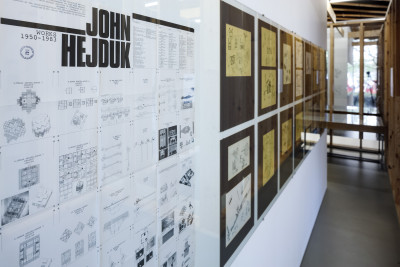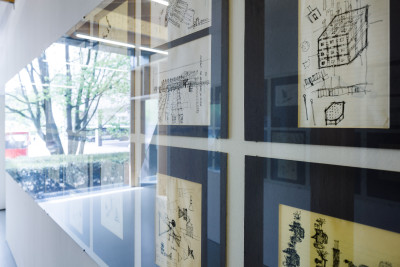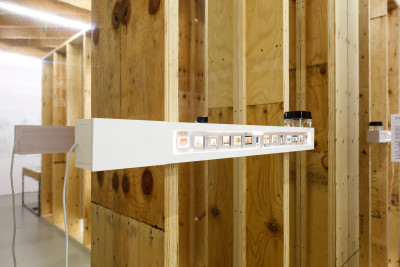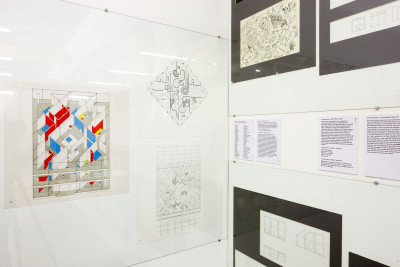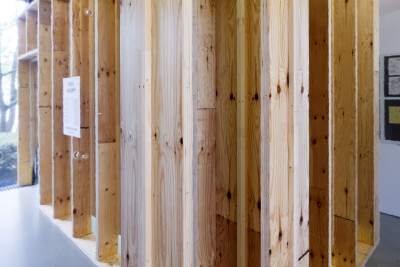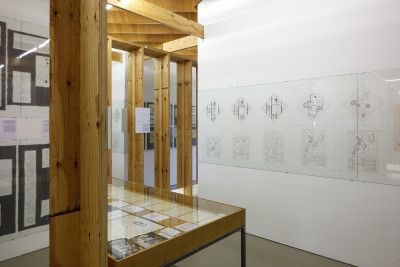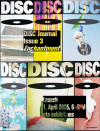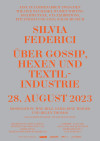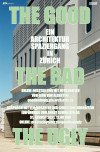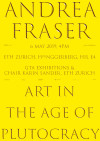John Hejduk
Thursday, 21 April 2016 to Friday, 20 May 2016
Location: ETH Zurich, Hönggerberg, HIL, gta exhibitions
Opening:
Wednesday, 20 April 2016, 6 pm
Location: ETH Zurich, Hönggerberg, HIL, gta exhibitions
Symposium:
Thursday, 28 April 2016
Location: ETH Zurich, Hönggerberg, HIL, gta exhibitions
“The arguments and points of view are within the work, within the drawings; it is hoped that the conflicts of form will lead to clarity which can be useful and perhaps transferable.”
—John Hejduk, 1964
In the run-up to the gta's 50th anniversary in 2017, we are working with Drawing Matter and Alexander Lehnerer's Chair of Architecture and Urban Design to put together an exhibition on the 20th century American architect John Hejduk. Hejduk's drawings will be displayed to commemorate the three Hejduk exhibitions held by the gta between 1973 and 1983, including his legendary 1973 exhibition with Aldo Rossi.
John Hejduk credited the ETH Zürich as his “European base” after a long history with Bernhard Hoesli, grounded on their shared teaching experience in the University of Texas School of Architecture, in Austin, in the 1950’s. With this exhibition, we bring Hejduk back to Zürich not only to reexamine this history, but also to consider what his work might have to say within the present-day architectural and cultural context. The presumed relevance of Hejduk some 30 years after his last visit derives from a unique aspect of his work—his investigations, arguments and ideas are not primarily disseminated through writing or building(s). Rather, the architecture is located within—and communicated through—the drawings and models themselves. Despite—or due to—the exclusivity of its media, the work has considerable breadth and depth, containing speculative, disciplinary, historical, practical and theoretical implications. Hejduk’s work resists easy summary or definitive conclusions. It is this enigmatic quality which has served to liberate the work from the cultural and discursive context in which it was produced, leaving it open to new readings and interpretations. For the exhibition, materials drawn from the gta’s archive will be combined with two characteristic Hejduk works coming from the Drawing Matter and the Architectural Association collections—the [Diamond Museum C] from 1967 and his Victims masque from 1986. Hejduk’s [Diamond Museum C] marks the culmination of Hejduk’s early work. Beginning in Texas with the formulation of the nine-square grid problem, in 1954, Hejduk produced an iterative series of architectural drawings that wrestled with what he perceived to be the unresolved spatial and representational problems of modern art and architecture. The Victims masque evolves from his urban proposal for the 1984 IBA in Berlin and is representative of the more figural and elevational work that began with his renowned Wall House series. In his masques, buildings become figural architectonic characters equipped with specific tasks, which are distributed within the city according to provisional storylines. By questioning or collapsing the distinctions between subject and object, observer and observed, function and figure, performance and communication, architecture and the city, Hejduk’s masques offer a valuable counterpoint to contemporary architectural production.
A symposium will be held on the 28th of April "Figures, Creatures, Characters: One Day with John Hejduk" with Anne-Julchen Bernhardt, K. Michael Hays, Sam Jacob, Vittorio Magnano Lampugnani, Thomas Padmanabhan, Philip Ursprung and Wim van der Bergh, to initiate a debate on the relevance and potentials of Hejduk’s work within the present-day European context.
Photos: Martin Stollenwerk
